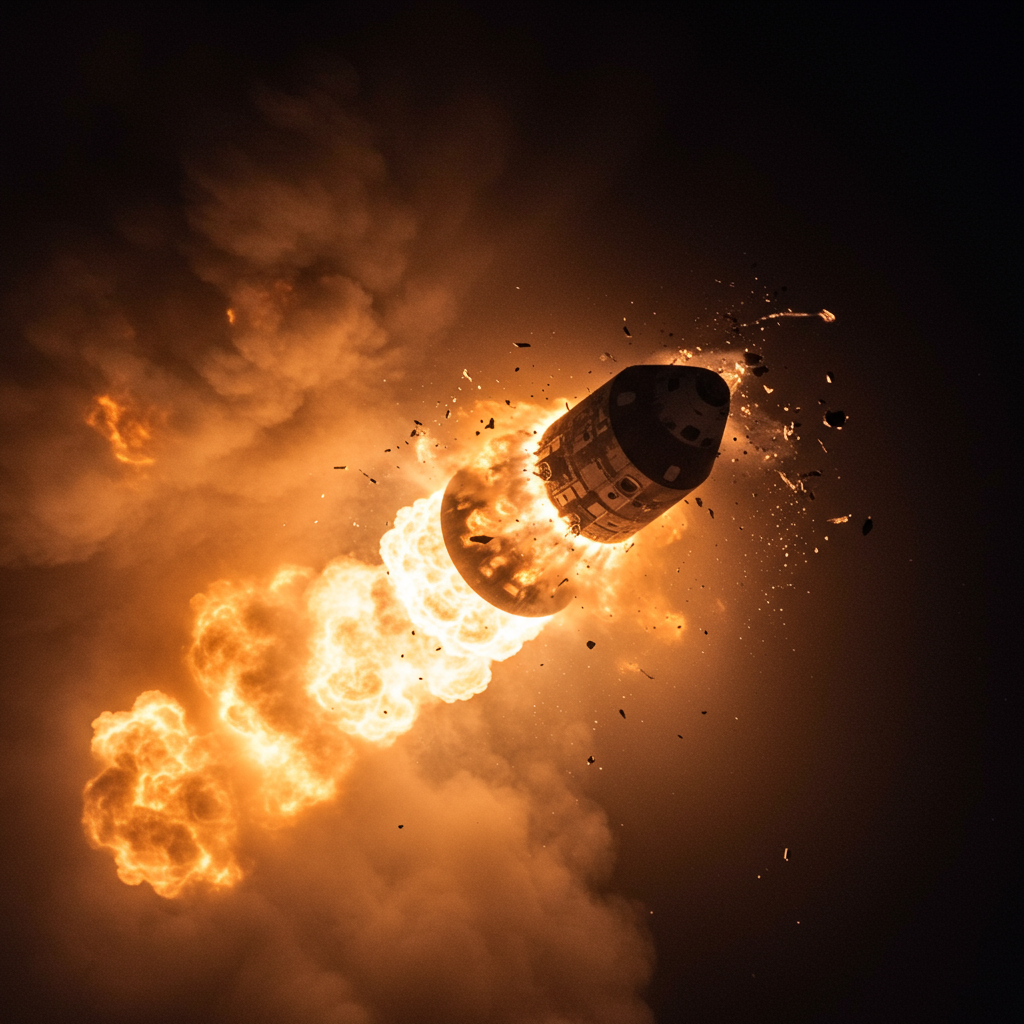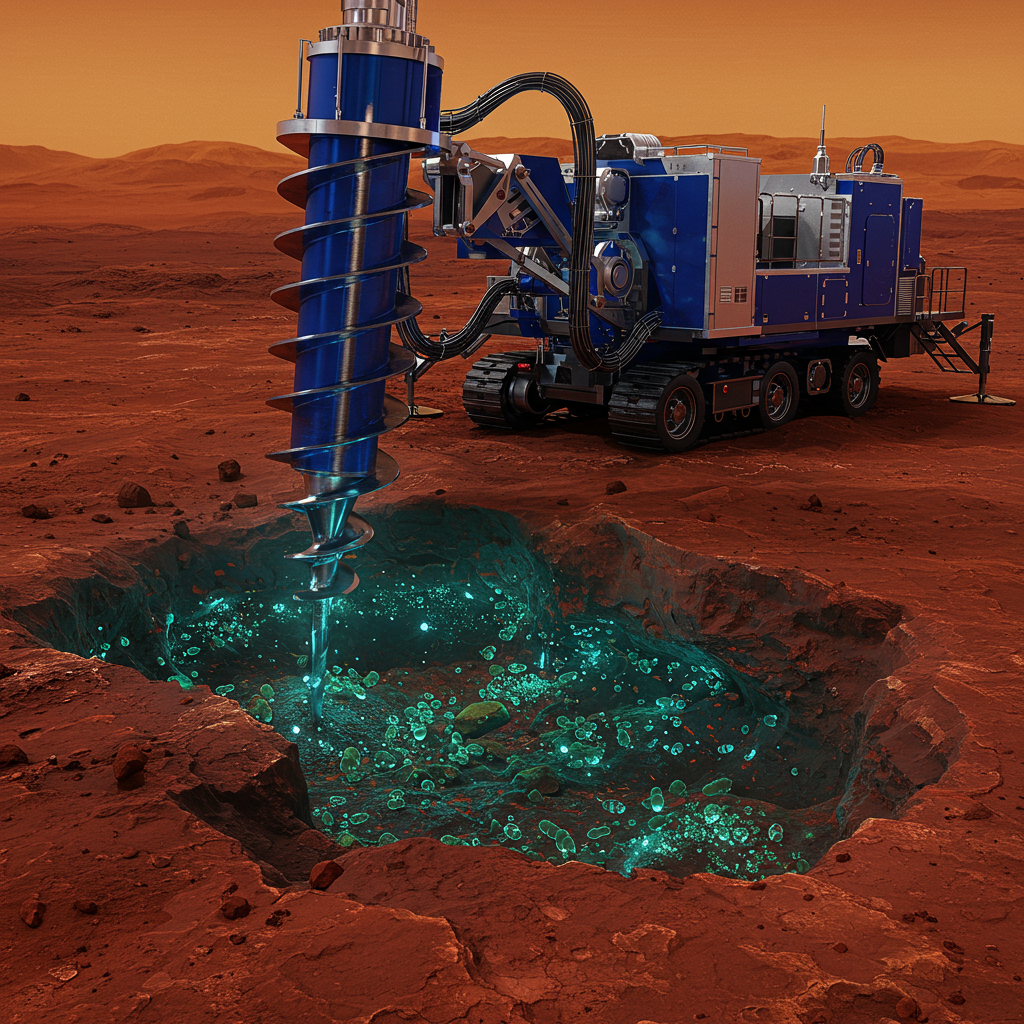A European company aiming to build the next generation of orbital vehicles recently completed a crucial test flight, achieving significant milestones before encountering a critical issue during reentry that led to the loss of the spacecraft.
The Exploration Company, a firm developing vehicles for cargo and eventually human transport to orbit, launched its “Mission Possible” demonstration capsule this week. The flight marked a major step forward, successfully powering up systems and flying in orbit before beginning a controlled return to Earth’s atmosphere.
A Promising Flight Encounters Reentry Trouble
The mission initially progressed well. The 2.5-meter diameter vehicle, a substantial payload itself, launched successfully aboard SpaceX’s Transporter 14 mission from California. After separating from the rocket, it stabilized itself, powered its onboard experiments, and successfully initiated reentry.
Crucially, the company confirmed the spacecraft re-established communications after the typical signal blackout period experienced during atmospheric reentry. This indicates the vehicle likely survived the most intense heating phase, validating its structural integrity and thermal protection design – a major technical achievement.
However, shortly before its planned splashdown in the ocean, The Exploration Company lost contact with the spacecraft after encountering an unspecified “issue.”
Partial Success, Partial Failure
In a candid update following the mission, the company characterized the flight as a “partial success—and a partial failure.” While technical goals related to orbital performance, stabilization, and surviving the thermal loads of reentry were met, the mission ultimately failed in its final key objective: recovering the vehicle and the customer payloads it carried within three days of touchdown.
The timing of the communication loss suggests the problem occurred very late in the descent sequence. Experts speculate the most likely culprit was an issue with the deployment of the capsule’s parachutes, either the drogue or main chutes. The company had planned for parachutes, sourced from US-based Airborne Systems (which supplies parachutes for vehicles like SpaceX’s Dragon and Boeing’s Starliner), to deploy at speeds between Mach 0.8 and 0.6.
Navigating the Challenges of Space Development
The swift and transparent communication from The Exploration Company, acknowledging the setback within hours, was noted as refreshing in the often tight-lipped space industry. The “Mission Possible” vehicle itself was developed relatively quickly and cost-effectively, built in 2.5 years for approximately $20 million, plus a $10 million launch cost on the Falcon 9 rocket. The company successfully met its ambitious timeline for a summer launch.
This experience underscores the inherent risks and challenges in developing complex space technology, particularly reentry and recovery systems. Even established players face difficulties; for example, Boeing’s Starliner recently saw astronauts return via a SpaceX capsule after Starliner experienced technical issues leading to an extended mission. SpaceX itself, a leader in launch and recovery, has encountered numerous setbacks, including failures during testing of its Starship vehicle related to engines, control, and reentry systems, before achieving milestones like booster catches and Ship splashdowns. Similarly, Blue Origin’s recent maiden launch of New Glenn achieved orbit but failed to recover its first stage booster. These instances highlight that setbacks are a common, albeit difficult, part of the iterative development process in space.
Looking Ahead: The Nyx Vehicle
The Exploration Company has raised over $230 million to support its development goals. A significant portion of this funding is earmarked for the development of its full-size Nyx cargo spacecraft, planned for orbital flight as early as 2028. Nyx is intended to service the growing demand for cargo delivery to low-Earth orbit.
Leveraging the lessons learned from the “Mission Possible” flight, including the detailed data collected during the successful phases and insights from the investigation into the loss of contact, will be critical for future development. The company’s founder, Hélène Huby, suggested they might conduct another subscale demonstration mission before committing fully to Nyx development.
The company’s long-term vision is ambitious, aiming to secure significant funding from European nations – potentially comparable to the nearly $3 billion NASA invested in SpaceX’s Crew Dragon – to develop a crew-rated version of Nyx and even a vehicle capable of returning cargo from the Moon. This strategy recognizes the challenge of raising such substantial capital solely from private markets for projects with long-term returns.
A Step for Europe’s Commercial Space Scene
Despite the final stage failure, the “Mission Possible” flight represents a credible and significant step for The Exploration Company and the broader European commercial space sector. Compared to the more advanced industries in the United States and China, Europe’s commercial space ecosystem has faced challenges, including regulatory environments and competition from established state-backed entities.
The Exploration Company successfully designed, built, and flew a relatively large spacecraft to orbit and through the punishing conditions of reentry within just four years of its founding. This demonstrates significant technical capability and ambition. Other European companies are also making strides; for instance, German company ATMOS Space Cargo recently tested its own reentry capsule on a SpaceX flight, carrying innovative payloads like a miniature bioreactor from UK-based Frontier Space, aimed at testing in-space manufacturing capabilities.
While the loss of the vehicle near touchdown was undoubtedly disappointing, the mission proved numerous critical technologies and validated key design choices. By learning from this partial failure and applying those lessons, The Exploration Company is well-positioned to continue its development path toward establishing a sovereign European capability for orbital cargo and, potentially, human spaceflight.




